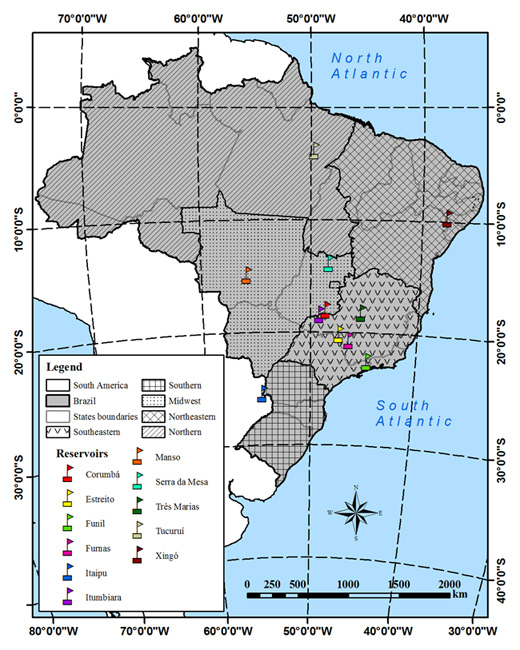Comparative analysis of integrated water resources management models and instruments in South America: case studies in Brazil and Colombia
Keywords:
Integrated water resources management, water basin committees, Brazil and Colombia, IWRM tools, water management society participation
Abstract
Brazil and Colombia are rich in terms of water supply, ranking as world leaders in the supply of water resources. Despite this, both countries have problems of relative scarcity of this vital liquid in highly populated areas with much economic activity. Establishing policies and legal environmental standards has long tradition in both countries. However, although there are provisions and instruments for water management at the water basin level, these do not necessarily follow the conceptual development of integrated water resources management (IWRM). As a result, the two countries have partially implemented IWRM elements but with different characteristics both in its structure and instrumentality. In Colombia the State Government, through the Regional Environmental Corporations, implements IWRM (concessions, fee for water use, pollution rate, basin plans, etc), with no formal involvement of civil society management. In Brazil, however, IWRM management structure and tools are decentralized and participatory, as are the Water Basin Committees, entities where the State Government, municipalities and users participate, those with the greatest weight in water management. In Brazil, however, this model is not yet implemented in all watersheds. Thus, the aim of this paper is to compare the institutional and legal aspects of water management models in Brazil and Colombia with regard to the integrated water management concept. For the latter, we worked with a case study for each country regarding Nima River watershed (Colombia) and Tietê Jacaré (Brazil).
Published
25/04/2013
Issue
Section
Papers
Authors maintain the copyrights for their work. However, they grant rights of first publication to Ambiente e Agua - An Interdisciplinary Journal of Applied Science. In compensation, the journal can transfer the copyrights, allowing non-commercial use of the article including the right of sending the article to other data bases or publication media. The journal uses the CC BY 4.0 license"






